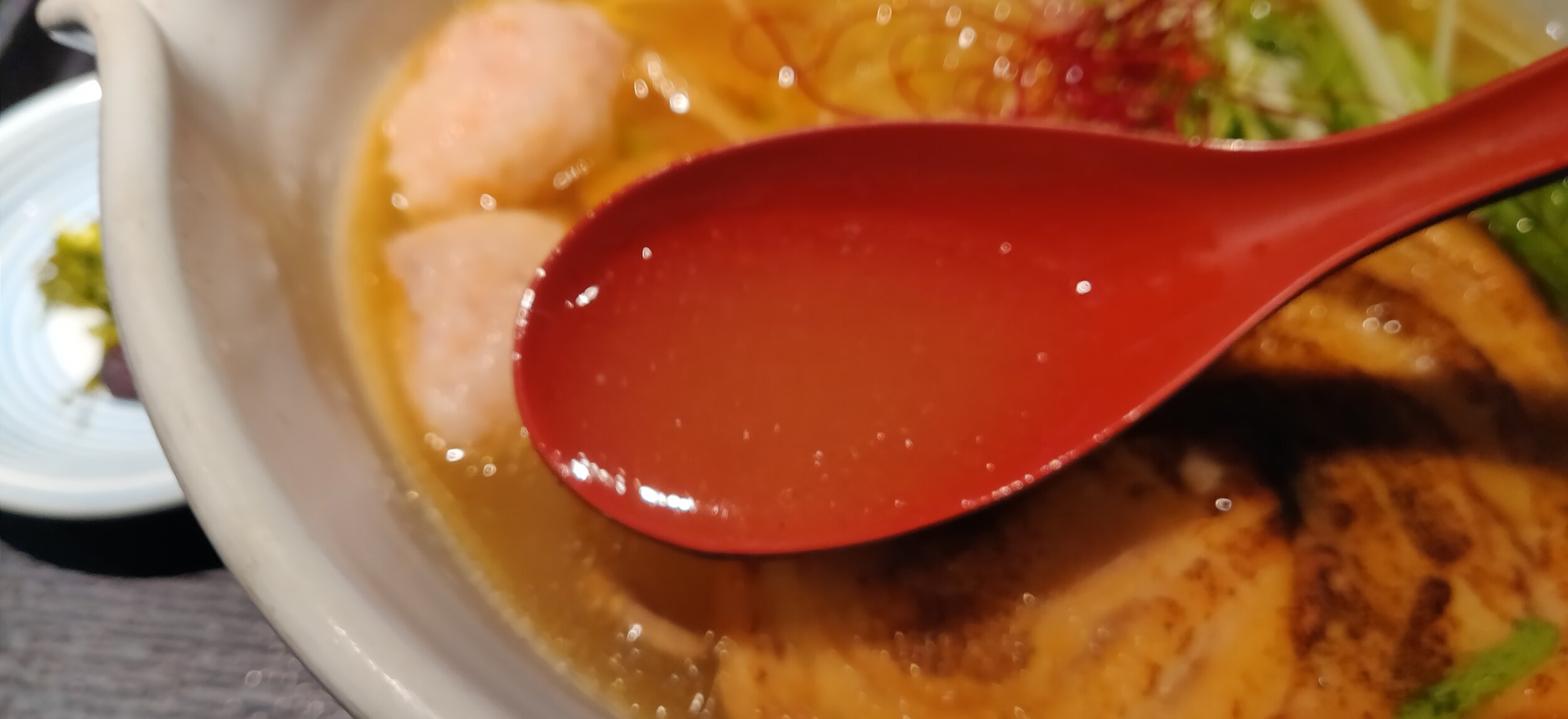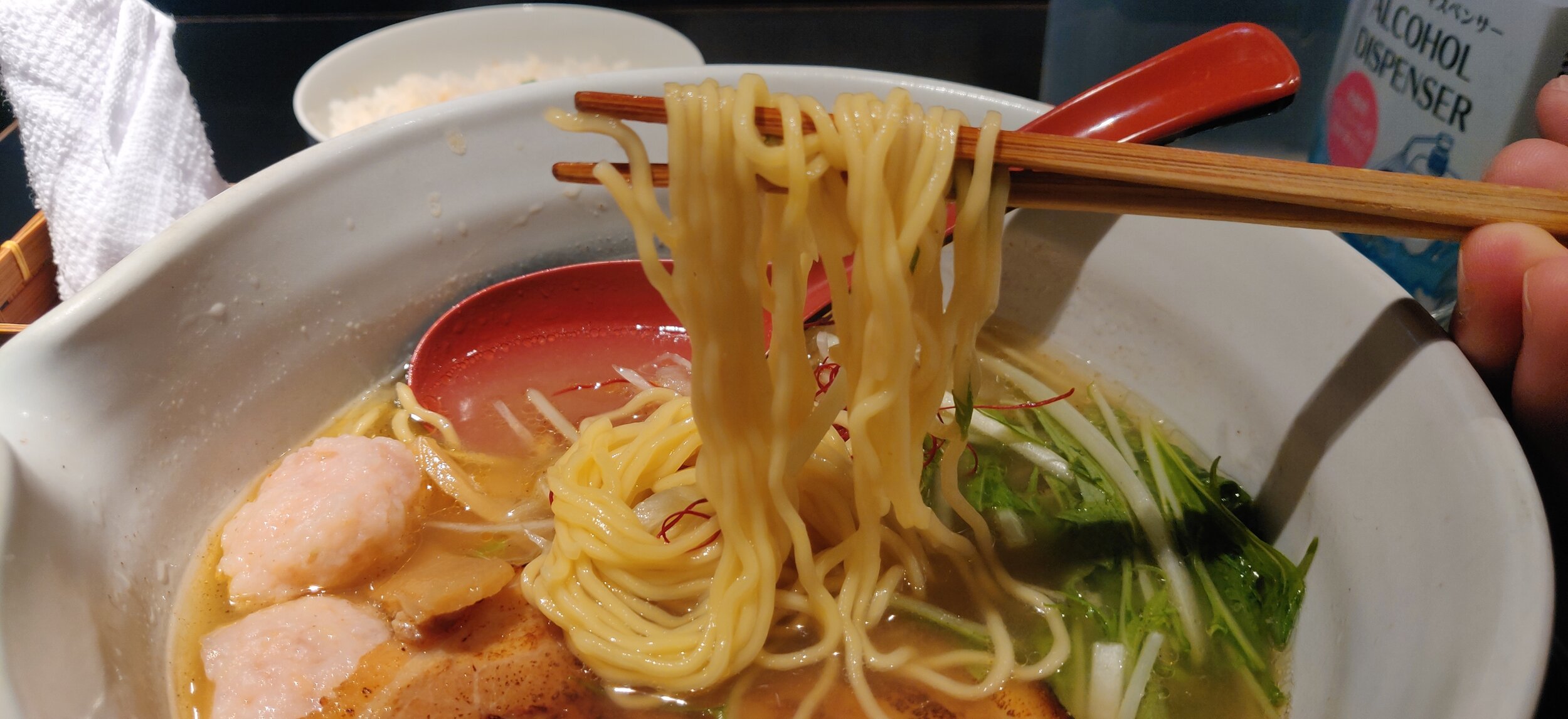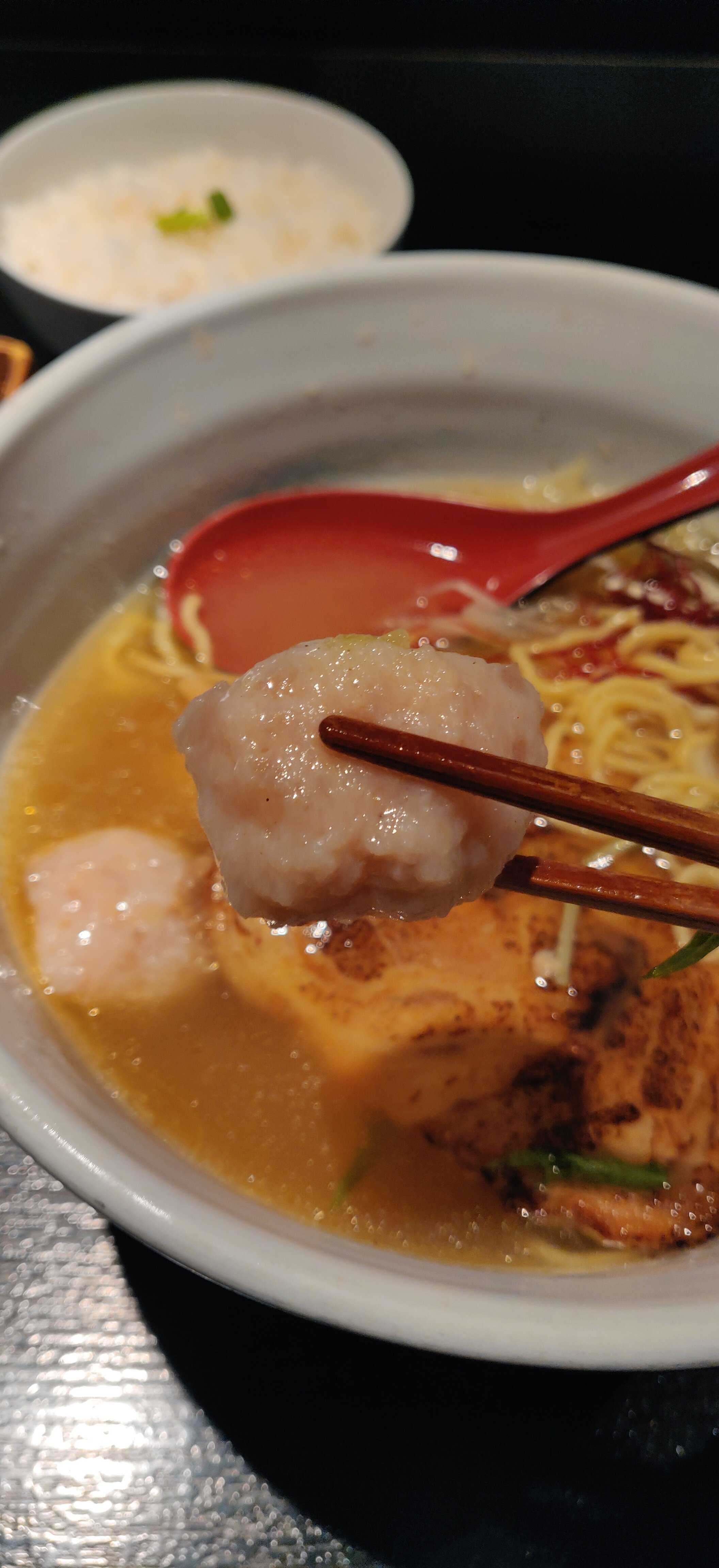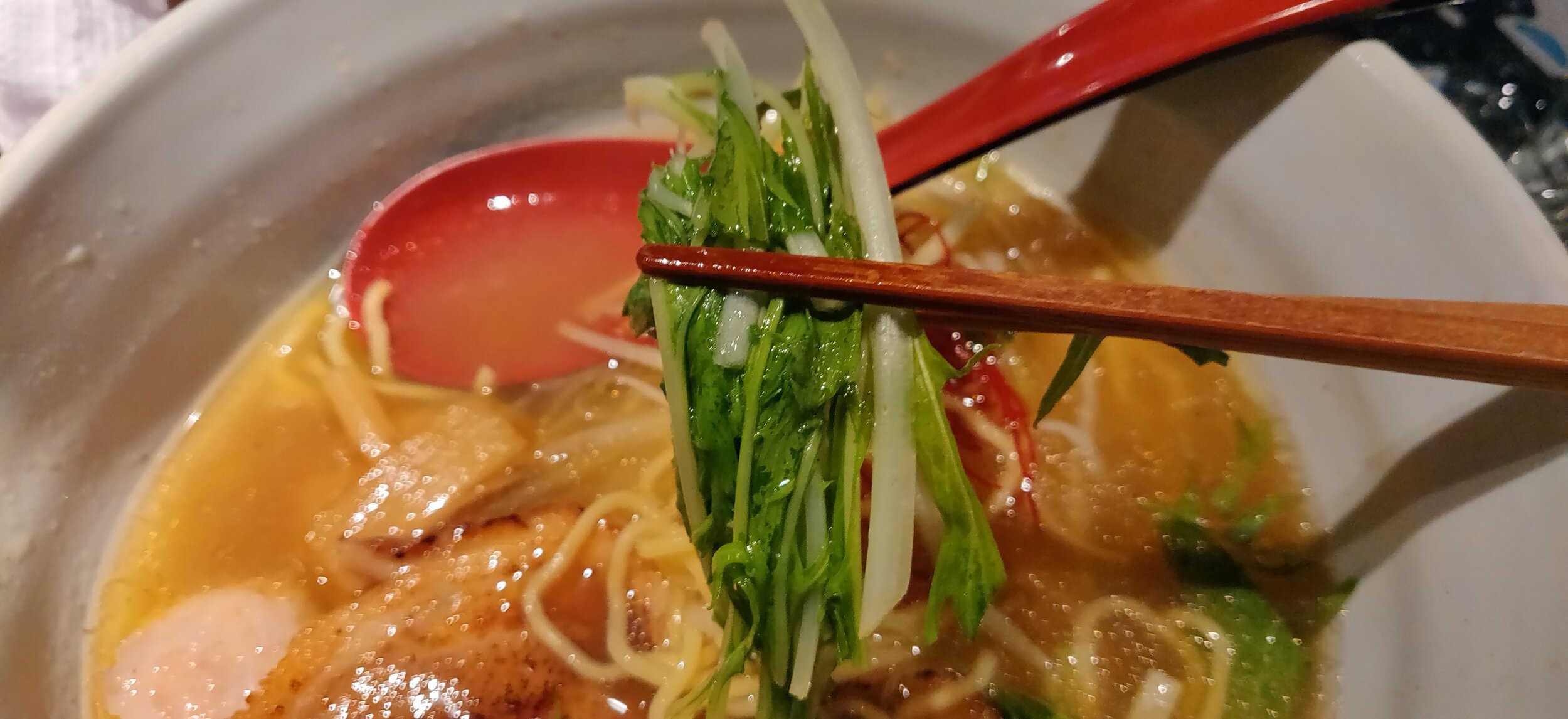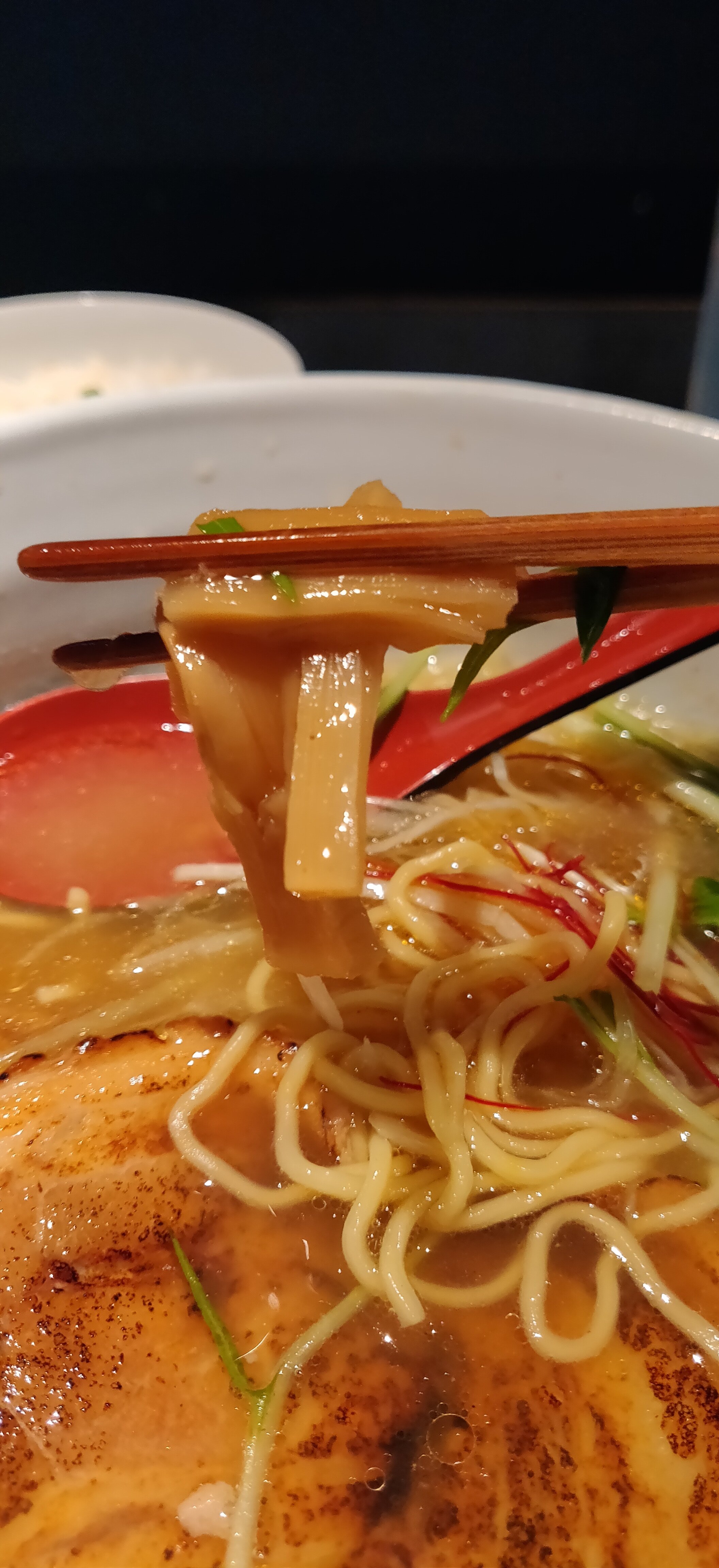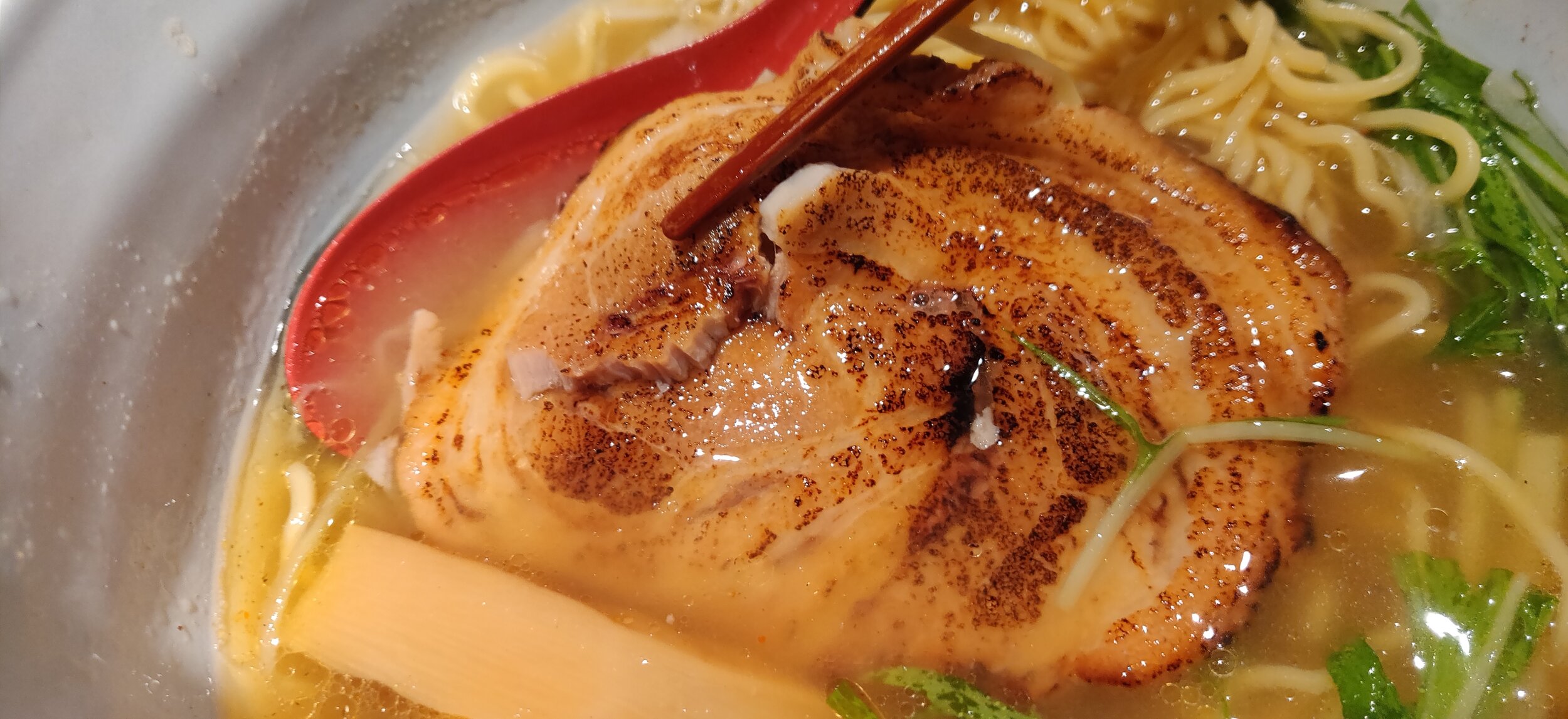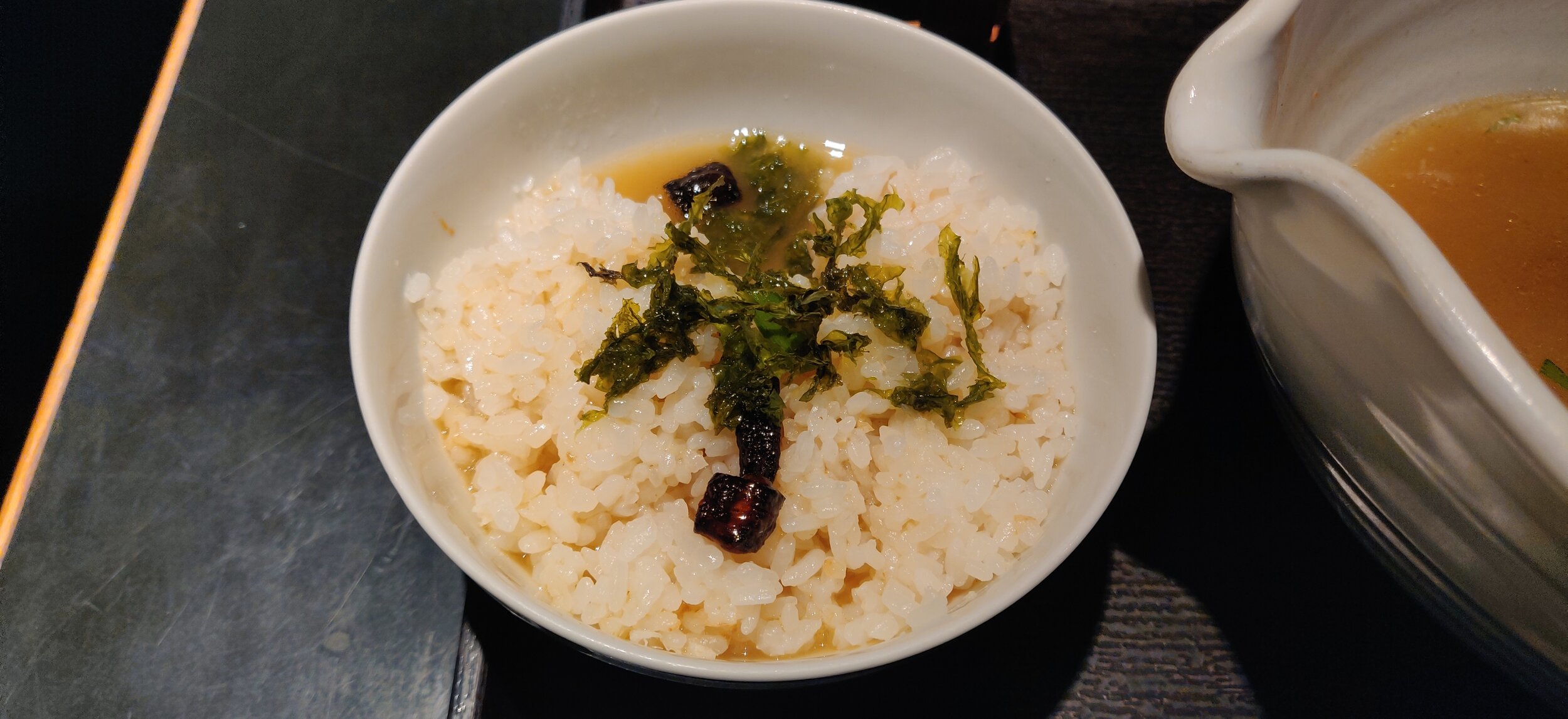Mendokoro Ginzasa (麺処 銀笹); Ochazuke Ramen of Ginza, Tokyo
A perennial Tabelog Top 100 Ramen shop of Tokyo, Mendokoro Ginzasa has been a favorite among salary men and women who work in the nearby Ginza/Shinbashi area for the last 10+ years. Opened in November of 2010, Ginzasa capitalized on the glitzy Ginza area early and has continuously served high end ramen dining experiences since. Due to it’s location in an office centric area of Tokyo, expect long queues and frequent visits met with a closed sign as the shop only serves a limited number of bowls daily and once they’re out of soup, they’re done for the day. I’ve experienced this first hand as I have visited the shop six times and only had the pleasure of eating their ramen twice. During Covid, the lines were a bit more relaxed so if you’re already here in Tokyo, now is the time to make your visit. Ginzasa is a short walk from Shinbashi station of the JR line or Higashi-Ginza, Tsukiji-shijo, and Shidome stations of the Tokyo metro lines. Shop is open Monday-Saturday 11:30-15:00 for lunch and 17:30-22:00 for dinner. Saturdays are lunch time only and the shop is closed on Sundays and most holidays. Check out twitter to see up to date info on shop opening hours during a holiday. Again, be sure to come early to guarantee yourself a bowl and aim for lunch hours as they do sometimes run out before dinner service even begins.
Due to it’s location in Ginza, Ginzasa tends to attract a fair number of foreign/tourist diners so they translated the main parts of the menu. For whatever reason, they didn’t translate the entire menu so I’ll just do a quick translation of the ticket machine here. Starting with the top row from the left is the Shio Salt Ramen, Shiro Shoyu Ramen (White Shoyu), Shio Salt Tsukemen, and Shio Shoyu Tsukemen. Second row is the Miso Potage ramen, Shio Salt Potage Ramen, and extra noodles. First row of yellow buttons are the toppings which start with the Ajitama soft boiled egg, seared pork chashu, dried seaweed, and menma bamboo shoots. Second row of yellow starts with the seafood meat ball, corn, woodear mushroom, diced pork chashu, and a side of wasabi. The black buttons next row down start with the rice with sea bream, half portion rice with sea bream, roast pork chashu over rice, half size roast pork chashu over rice, rice, and half size rice. The last row are the drinks which are beer, whisky high ball, Shochu made with barley, Shochu made with potato, non alcoholic beer, ginger ale, coke, and a dessert ice cream. My order for the day is their recommended choice of Shio Ramen with a side of half size rice with sea bream.
The ramen was quite good and I quite enjoyed the seafood flavors, but felt it could have been better. As a side note, this was my second visit as I needed better photos for this blog and my first visit was almost two years ago (if not longer). It definitely tasted better the first time around and I’m not quite sure what the difference was. Maybe I just happened to dine on an off day, but I expected a bit more in terms of punch and impact. The base is made with a light animal stock that provides a nice solid structure to the soup while the fish components add some umami and complex flavor notes that seem to change daily based on the quality which they can get their hands on. I honestly thought the first time I tried their ramen had a much fishier flavor from the sea bream, but it was subdued this second time. The shio tare had a lot of different dried fish and konbu notes infused to make an uplifting flavor, but it couldn’t make up for the loss of the sweet and savory notes of a more impactful sea bream soup. Based on my most recent visit alone, I would have to say that it was carried by the animal stock a bit as well as the heavy use of different dried fish to elevate the umami notes and give you a decent level of satisfaction, but based off my first visit, the soup is exceptional with the fresh sea bream adding a sweet and savory yin and yang element that brings music to your lips.
Noodles were pretty typical of the style, but with a chewier finish. Not much of a snap to these noodles and soaked up the soup quite nicely. The texture was almost like mochi with the springiness and I thought the slurpability was on point. The balance in terms of texture with the noodles and other topping components were well thought out and it was nice to have the variety throughout my meal. I wouldn’t necessarily say it was the best noodles, or even top 15 by any means, but sometimes it’s better to have a good pairing with the soup than a memorable strand, so it definitely made up for it in that department. Highlights for me were definitely the toppings starting with the fish meat ball which they definitely didn’t skimp on. A lot of shops that use a similar sea bream ramen tend to use leftover meat pulled from the fish used for stock, but Ginzasa pulled out all the stops to make these deliciously, fresh fish balls. The crunchy mizuna greens and menma bamboo shoots played off of each other and the chewy noodles nicely while the chili pepper strips gave it subtle heat to round the bowl together. MVP of the dish is the most visually impactful as well, the pork chashu. Seared before placing in the bowl, the beautiful char gives a smoky aroma to the ramen as well as delicious maillard for a meaty, yet tender bite. Not too heavily seasoned, the shoyu tare got a lot of help from the mirin to give some subtle sweetness as well as the ability to caramelize a bit under the torch. Really memorable chashu here and I wouldn’t judge you for order an extra side topping if you’re feeling hungry.
What I was disappointed on, however, was the sea bream rice. You might be looking at the photo and be asking yourself, wheres the sea bream? I had the exact same thought when it first came and after I took my first bite. The sea bream flavors were so subtle and so few pieces came in my bowl that I at first wondered if they brought me the correct order. As I dug a bit deeper, I was able to find a bit of sea bream flesh, but not enough to make a huge impact flavor wise in my opinion. As you can see from the photo below, the rim of the ramen bowl has a small spout so you can pour a bit of your leftover soup in to your rice bowl. I did enjoy this aspect of the dish, but again, it would have been way better had it included more sea bream. The yakumi, or seasonal condiments, they provided with the rice was a nice touch and gave the rice a bit more flavor, but not enough to justify the price point. I would probably skip this unless you want that instagrammable video. (Honestly even the video isn’t even that worth it)
Overall, I was satisfied with my meal. I don’t have too much to complain about since I didn’t have to wait in the god awful line like I did pre-covid and despite ordering the rice set, it was rather reasonable at around 1100 yen. However, I can’t help but feel disappointed at the lack of consistency between my first and second visit, as well as the lack of sea bream meat in my rice bowl. Hard to put a finger on it, but if I hadn’t ordered the rice bowl, this would have been a solid 7.5 out of ten with an 8.5 if it were just based on my first visit. With that said, the utter disappointment of the rice bowl did knock it down for me so my advice is just go and get a bowl of ramen and nothing else. If you want my recommendations of shops to visit on your trip to Tokyo, check out my eBook below. If not, I have plenty of free reviews on my site.



